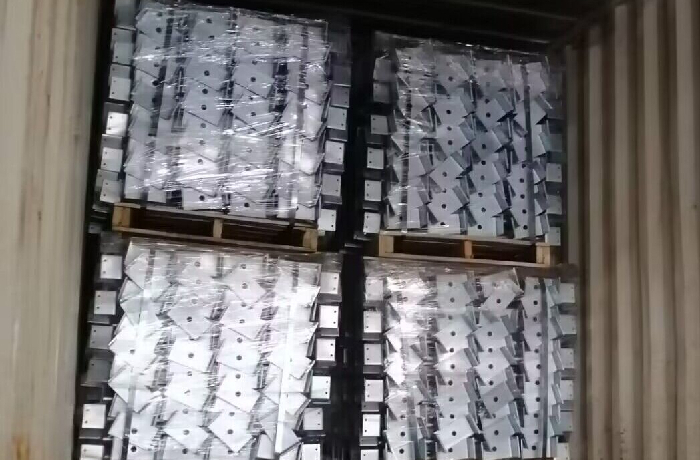ພ.ຈ. . 04, 2024 21:59 Back to list
flexible formwork factory
The Rise of Flexible Formwork Transforming Construction
In the ever-evolving world of construction, innovation is the key to efficiency, sustainability, and cost-effectiveness. One groundbreaking innovation that has garnered attention in recent years is flexible formwork. As a novel approach to concrete construction, flexible formwork is reshaping the industry by enabling architects and builders to create complex shapes and optimize material usage. This article delves into the concept of flexible formwork, its advantages, and its implications for the future of construction.
What is Flexible Formwork?
Flexible formwork refers to a construction technique that employs adaptable and pliable materials to shape concrete as it is poured. Unlike traditional rigid formwork systems, which are often made of lumber or metal and require significant labor to set up and dismantle, flexible formwork can be easily customized to form curved and intricate designs. This adaptability allows for greater creativity in architectural design and the potential for reduced material waste during construction.
Advantages of Flexible Formwork
1. Design Freedom One of the most significant benefits of flexible formwork is the freedom it offers designers. Architects can push the boundaries of traditional design, creating unique structures that would be difficult or impossible to achieve with standard formwork. Curved walls, organic shapes, and artistic patterns become feasible, leading to more distinctive and visually appealing buildings.
2. Material Efficiency Flexible formwork systems often require less material than traditional methods. By optimizing the use of concrete and reducing formwork waste, these methods can contribute to more sustainable construction practices. The ability to create complex geometries can also lead to thinner walls, reducing the amount of concrete needed without compromising structural integrity.
3. Faster Construction The installation of flexible formwork is typically quicker than traditional systems. The lightweight nature of materials like fabric or plastic means they are easier to handle and transport. This reduction in labor and setup time can significantly speed up the construction process, allowing for faster project completion and reduced labor costs.
flexible formwork factory

4. Reduced Costs Although the initial investment in flexible formwork might be higher than traditional formwork, the long-term savings can be substantial. With less material waste, faster construction times, and reduced labor costs, many construction projects find that flexible formwork ultimately leads to a lower overall expenditure.
5. Sustainability In today’s construction landscape, sustainability is a major concern. Flexible formwork often utilizes materials that are more eco-friendly than traditional systems. By promoting efficient use of resources and minimizing waste, this approach can align with green building standards and contribute to more environmentally responsible construction practices.
Challenges and Future Directions
Despite its many advantages, the implementation of flexible formwork is not without challenges. The initial learning curve for construction teams can be steep, as they must adapt to new materials and techniques. Additionally, the durability and performance of flexible formwork materials need to be thoroughly evaluated for specific projects.
As the demand for innovative construction solutions continues to rise, the future of flexible formwork looks promising. Ongoing research and development in materials science and construction technology will likely lead to even more advanced systems, making flexible formwork an increasingly viable option for architects and builders alike.
Conclusion
Flexible formwork represents a significant advancement in construction, offering unparalleled design freedom, efficiency, and sustainability. As the industry continues to embrace innovative practices, the use of flexible formwork is expected to become more mainstream. By harnessing this technique, builders can push the boundaries of architectural design while contributing to a more sustainable future—one where creativity and efficiency go hand in hand.
-
High-Quality Timber Beam H20 for Slab Formwork – Reliable Exporter & Supplier
NewsJun.24,2025
-
High Quality Acrow Prop Supplier Steel Acrow Prop Factory Manufacturer
NewsJun.10,2025
-
High-Quality Circular Formwork for Columns Supplier & Exporter Solutions
NewsJun.10,2025
-
Premium Flying Table Formwork Solutions Fast & Reliable
NewsJun.10,2025
-
Heavyweight Props for Table Form Factories Strong & Durable Support
NewsJun.10,2025
-
Vertical Formwork for Walls Efficient & Customizable Building Solutions
NewsJun.09,2025